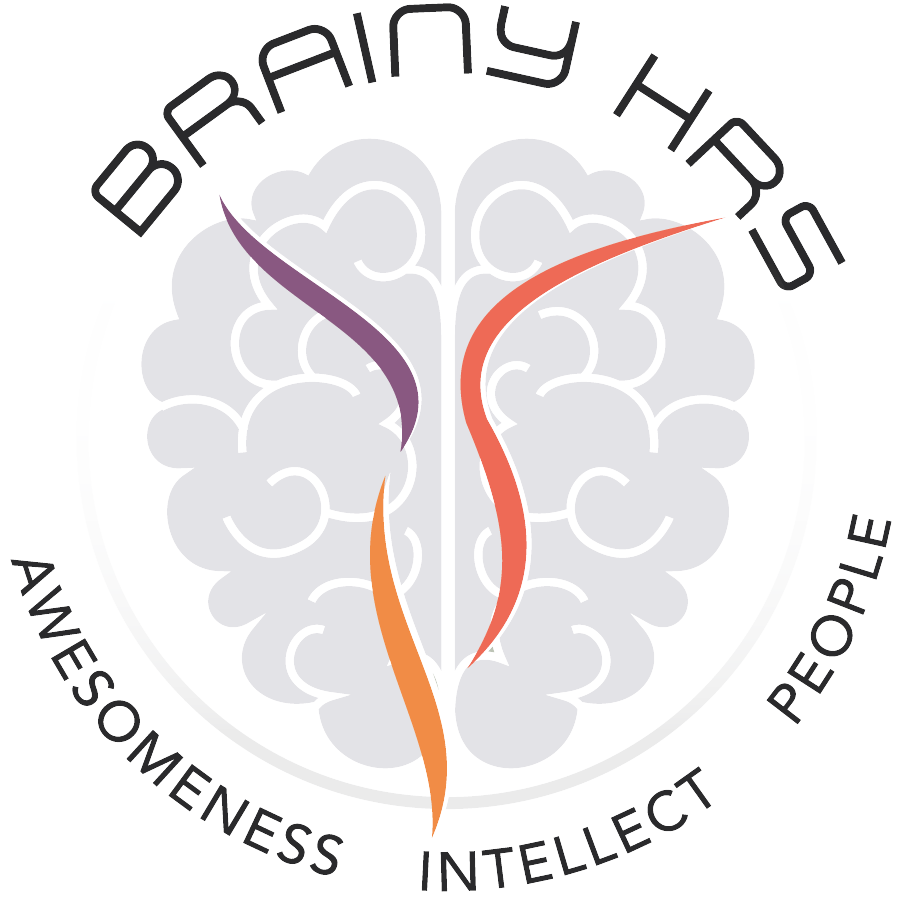Let’s face it: hiring in 2025 isn’t what it used to be. We’ve moved past the age of resumes printed on scented paper and handshake interviews (though, honestly, I wouldn’t mind bringing back the scented resumes for a bit of drama).
But while the tools and tech have evolved, many recruitment strategies are still stuck in the past, and guess who they’re leaving behind? Yep, women. Talented, capable, overqualified women.
So if your hiring game is feeling off, or your “perfect” candidates aren’t showing up (or worse, leaving way too soon), there’s a solid chance your recruitment strategy isn’t just outdated, it’s unintentionally pushing women out of the process. Let’s talk about why that is, and more importantly, how to fix it.
1. Your Job Descriptions Are Biased Without You Even Realizing It
We’ve all read those job ads that look like a checklist from a Marvel superhero script: “must be a rockstar,” “thrive under extreme pressure,” “aggressive go-getter,” “ready to dominate.” Sounds intense, right?
Turns out, language like this can subtly signal that women or anyone who doesn’t fit that “alpha” mold might not belong.
Research shows that women are less likely to apply for jobs unless they meet 100% of the listed qualifications. Men? They’ll hit “Apply” if they check off just 60%. So if your job ad is a list of must-haves that even Iron Man would flinch at, guess what? You’re probably missing out on some amazing women candidates.
Fix it: Avoid aggressive language for words emphasizing collaboration, learning, and impact. Be real about what’s “nice to have” vs. what’s essential. While you’re at it, include a sentence encouraging women and marginalized groups to apply. It matters.
2. You’re Still Prioritizing ‘Culture Fit’ Over ‘Culture Add’
Look, we get it. You want to hire people who “fit in.” But here’s the issue: “fit” can quickly become a code word for “looks, thinks, or acts like us.”
That’s not just bad for women. It’s bad for everyone.
When “culture fit” becomes the holy grail, hiring decisions can start to reflect unconscious biases. It becomes easy to exclude women who speak differently, lead differently, or challenge the status quo.
Fix it: Shift the mindset from “fit” to “add.” What unique perspective can this person bring to your team? How can they help your company grow in ways it hasn’t yet? Diverse teams aren’t just good vibes but also proven to perform better.
3. Your Interview Process Isn’t Built for Fairness
Women occasionally leave interviews with an immediate intuition that the offer of employment will not be extended to them. Maybe the panel was all male. Logically speaking, these candidate assessments favored character assessments above performance-based inquiries. The situation felt like an assessment for which she hadn’t received any guidelines.
Women encounter hidden obstacles during outdated interview processes because they face both biased inquiry methods and unfair compensation and promotion treatment.
Fix It: Standardize your interview process to resolve the issue. You should conduct standardized interview techniques to deliver equal core questions to all applicants. Trainers must teach interview panel members the practice of bias elimination (a basic standard even for non-biased assessors). Dirty interviews can be fixed by standardizing the interviewing process and building diverse interview panels because diversity sends strong signals to candidates.
4. You’re Overlooking Flexibility and It’s a Dealbreaker
Flexibility functions beyond being a workplace advantage; it transforms into an absolute must for every business today. The flexibility issue is vital for working female employees because they support both professional life and family care.
Workers who require office presence and ambiguous availability criteria prevent skilled female candidates from joining your team because they reject flexibility and trust.
Fix It: A direct solution involves expressing the company policies regarding flexible work arrangements. Better approach involves teamwork to design these policies together. The workplace should adopt remote and hybrid working choices and flexible work hours together with performance-based evaluation systems instead of measuring presence duration. The measures that combine more female customers and longer customer retention periods.
5. You’re Not Walking the Talk on Diversity, Equity & Inclusion
Including a standard equal opportunity employer statement at the end of your careers portal does not demonstrate serious action on your part. The DEI values of your company become transparent through your actions to women who especially represent racial minorities and those with disabilities.
Any organization that fields executive teams from the 1960s Mad Men era, maintains outdated maternity benefits, or relies on single female hires for diversity claims loses the trust of its female workforce.
Fix It: Your company must integrate DEI principles into all its operational structures. Your commitment to DEI must display female leaders and dedicate support through mentoring and developmental pathways for employees who need to be heard and recognized. The true objective goes beyond female candidate recruitment since it means establishing conditions for women to remain at your organization.
So… What Now?
If you’re starting to see the cracks in your recruitment strategy and realizing that those cracks disproportionately affect women, don’t panic. This isn’t about guilt. It’s about growth.
Every company, no matter how well-intentioned, has blind spots. What matters is what you do once you see them.
Want to start building a recruitment strategy that works and uplifts women instead of shutting them out?
That’s where Brainy HRS comes in.
We’re not just your average HR and recruitment agency. We specialize in helping forward-thinking companies build inclusive, flexible, and future-ready hiring strategies. From rewriting job descriptions that speak to women, crafting DEI-driven onboarding processes, and coaching your hiring managers to recognize and remove bias, we’ve got you covered.
Partner with the best HR and recruitment company to turn your hiring process into a force for equity, not exclusion.
Because hiring isn’t just about filling roles, it’s about building a better workplace. And women deserve a seat at that table. Always.
